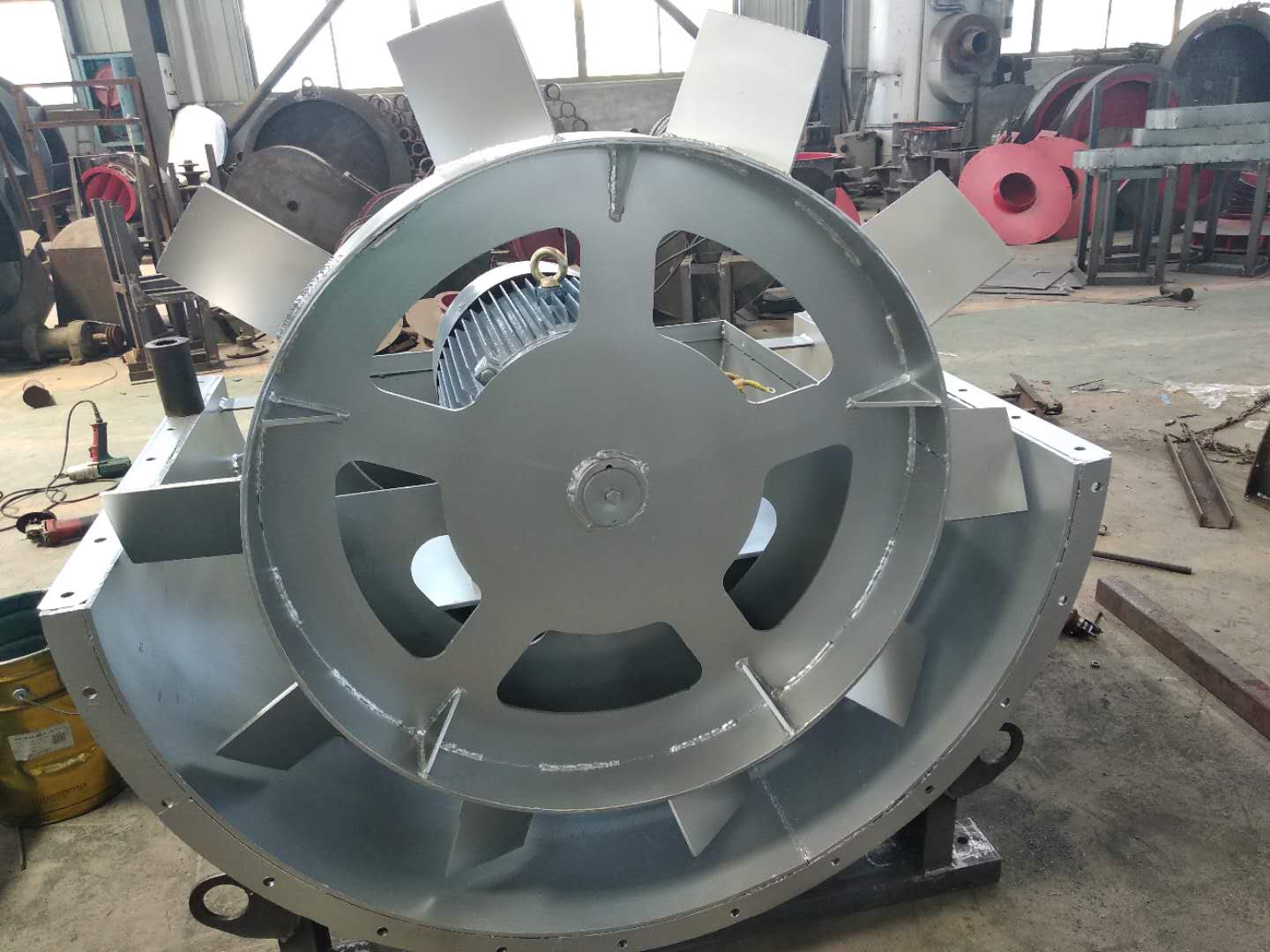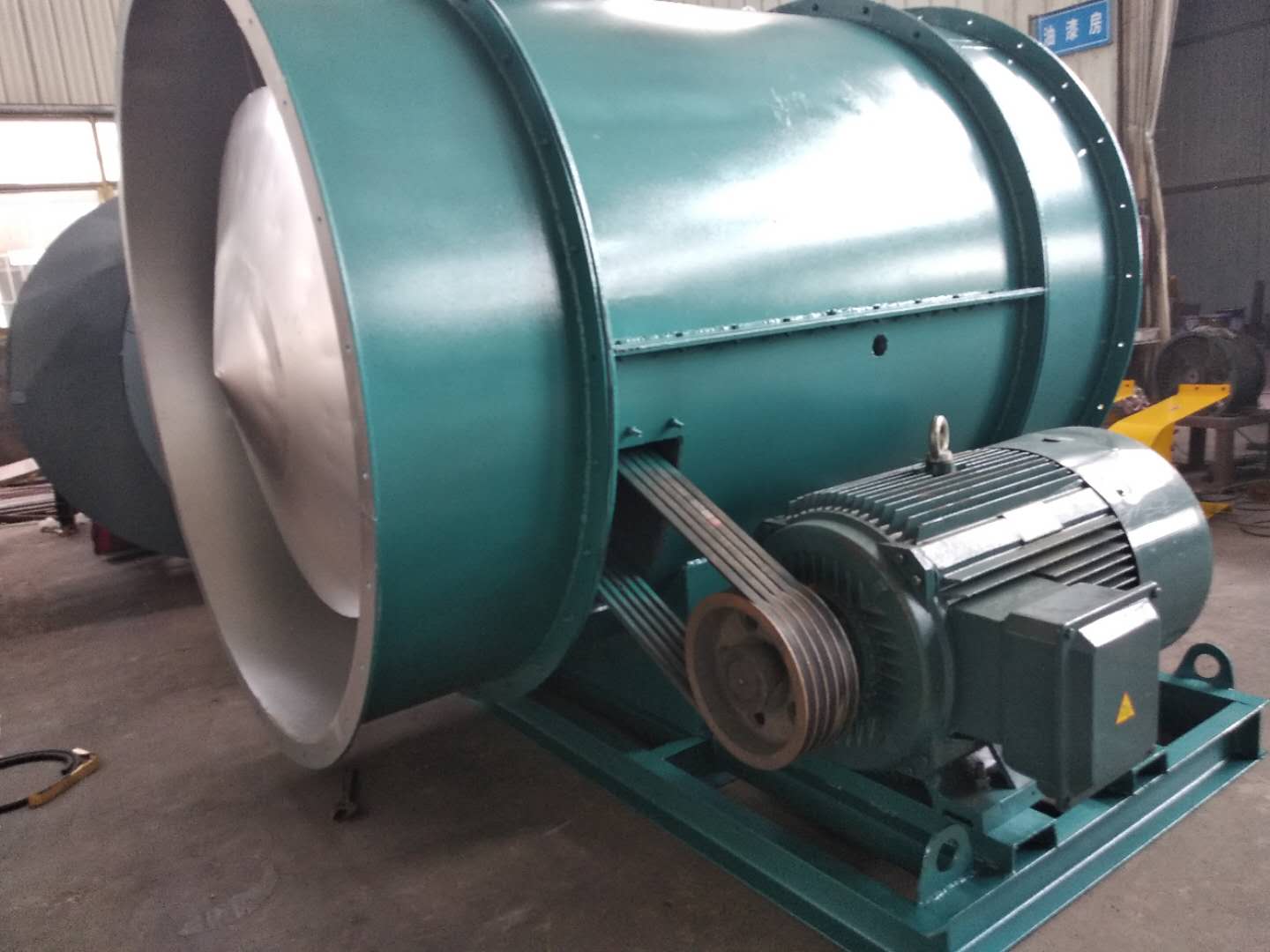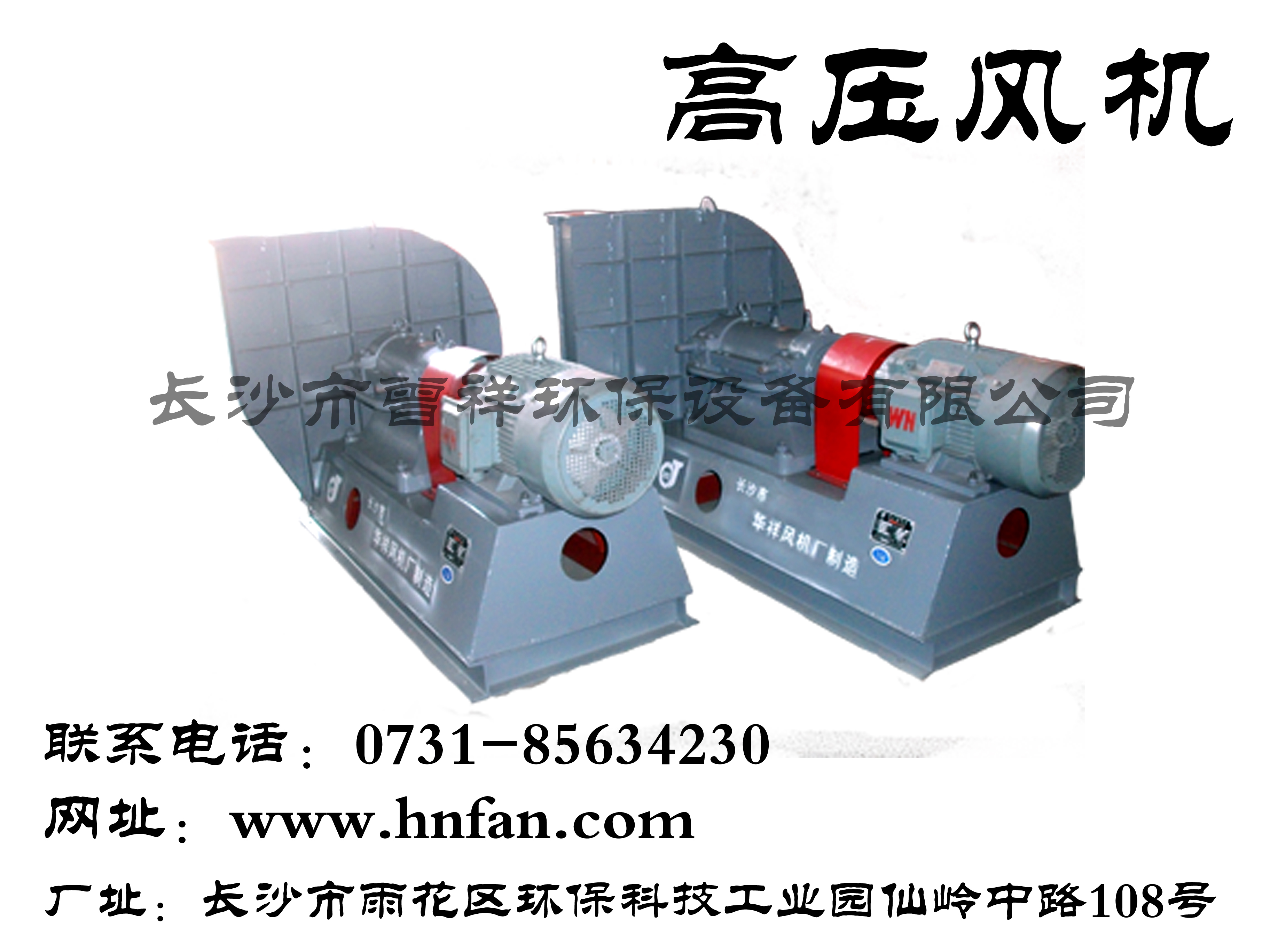
In order to avoid man-made faults and accidents caused by improper maintenance, prevent the occurrence of natural faults and accidents of fans and motors in all aspects, so as to give full play to the efficiency of equipment and extend the service life of equipment, therefore, the maintenance of fans must be strengthened. (1) Working system of fan maintenance The fan maintenance personnel must pay attention to the following points: 1. The fan can only be operated when the fan equipment is completely normal. 2. If the fan equipment starts after maintenance, pay attention to whether all parts of the fan are normal. 3. Regularly clean the dust, dirt, water and other impurities inside the fan and gas transmission pipeline, and check whether the impeller is worn and rusted, if any, repair and replace it in time. 4. Regularly replace the lubricating oil (recommended 3-6 months). It is recommended to add N46 (ISO VG46, 30) in summer and N32 (ISO VG32, 20) in winter. The oil level should be at 1/2 of the oil window. 5. Regularly check (3-6 months is recommended) couplings, pulleys, etc. If parts are found to be worn or rusted, they should be repaired and replaced immediately. 6. The equipment shall not be repaired during operation.

The selection basis of wet dust collector is as follows. ① large Wet electrostatic precipitator Dust removal efficiency. Whether the efficiency of wet dust collector is high or not is one of the most important performance indicators to be selected. Under certain conditions, the gas flow, specific dust pollutants, and the gas state have a direct impact on the collection efficiency. ② Operational flexibility. Wet electrostatic precipitator manufactor Any operating equipment shall consider its negative flow, and the impact on the capture efficiency when the air flow exceeds or is lower than the design value; Similarly, it is necessary to know how to operate when the dust concentration is unstable or continuously higher than the design value. ③ Hydrophobicity. The purification efficiency of wet dust collector for hydrophobic dust is not high, and generally it is not suitable for the operation at the design value. ④ Adhesion. Wet dust collector can purify cohesive dust, but flushing and cleaning shall be considered to prevent blockage, ⑤ corrosiveness. Anticorrosion measures shall be considered when purifying corrosive gas, ⑥ water consumption. How much water is consumed by the dust remover, sewage treatment and anti freezing measures for water in winter. ⑦ Mud treatment. Mud treatment is an inevitable problem for wet dust collectors, and efforts should be made to reduce the harm of pollution. ⑧ Operation and maintenance. Dazhou Wet electrostatic precipitator manufactor Generally, moving or rotating parts inside the dust remover shall be avoided, and it shall be noted that if the gas passes through the channel section too small, it will cause blockage.

large Wet electrostatic precipitator Fans can be divided into axial flow fans, centrifugal fans and diagonal flow (mixed flow) fans according to the flow direction after the airflow enters the impeller. Fans are divided into press in local fans (hereinafter referred to as press in fans) and flame-proof motors placed outside or inside the flow channel, and flame-proof motors placed inside the explosion-proof sealing chamber of the extraction type local fans (hereinafter referred to as extraction fans) according to their purposes. Wet electrostatic precipitator manufactor Fans can also be divided into single-stage, two-stage or multi-stage pressurization fans according to the form of pressurization. For example, 4-72 is single-stage pressurization, and high-end fan is multi-stage pressurization fan. Fans can be divided into axial flow fans, mixed flow fans, roof fans, air conditioning fans, etc. Fan can be divided into negative pressure fan, low pressure fan, medium pressure fan and high pressure fan according to pressure. According to the outlet pressure (pressure rise), it can be divided into: ventilator (≤ 15000 Pa), blower (15-350000 Pa), compressor (≥ 350000 Pa)

large Wet electrostatic precipitator The wet electrostatic precipitator mainly has two structural forms. One is to use corrosion-resistant conductive materials (which can be non-metallic materials with excellent conductivity or metal materials with corrosion-resistant characteristics) as the dust collector, and the other is to use non-conductive non-metallic materials as the dust collector by forming a conductive water film through water spray or overflow. Wet electrostatic precipitators can also be divided into cross flow type (horizontal) and vertical flow type (vertical) according to the flow direction of waste gas. The cross flow type is mostly plate structure, Dazhou Wet electrostatic precipitator The gas flows in and out in the horizontal direction, and the structure is similar to the dry electrostatic precipitator; The vertical flow type is mostly tubular structure, and the gas flow direction is vertical. Generally speaking, the efficiency of vertical flow wet electrostatic precipitator is twice as high as that of cross flow wet electrostatic precipitator under the condition of the same ventilation cross-sectional area. The dust deposited on the electrode plate can be washed down by water. Wet dust removal can avoid the re flying of captured dust and achieve high dust removal efficiency. Since there is no rapping device, the operation is also more reliable. The device that forms conductive film on the surface of the dust collector by means of water spray or overflow water has problems of corrosion, sludge and sewage treatment. It is only used when the dust concentration of the gas is low and the dust removal efficiency is required to be high; The wet electrostatic precipitator using corrosion-resistant conductive materials as dust collector does not need long-term water spraying or overflow water, Wet electrostatic precipitator manufactor Regular flushing is only carried out according to the operating conditions of the system, and only a small amount of water is consumed. This part of water can be recycled, and the dust collection system is basically free of secondary pollution.




